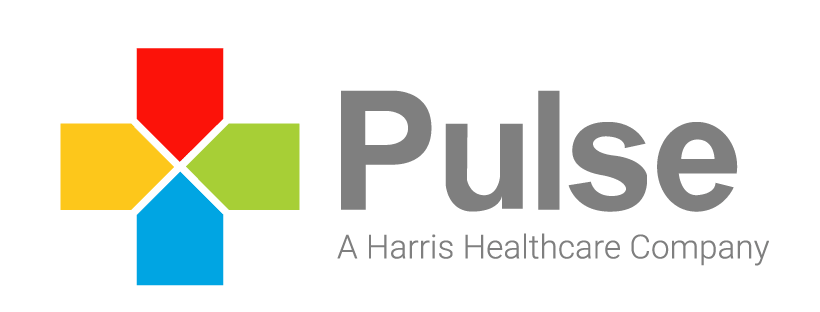3 Strategies for More Meaningful Patient-Physician Communications
As patients increasingly self-report data and seek out their physicians online, some docs struggle to keep up.
One of the top contributors to joy in work for physicians is high-quality, meaningful communication with patients. In fact, the better the quality of communication a physician has with patients, the lower the risk of burnout, one expert shared during an American Medical Association conference.
But in an era when wellness devices capture personal health data 24/7, many physicians find they are ill-prepared to answer patient questions at the point of care or engage patients effectively during in-office visits.
The risks of poor patient-physician communication are numerous:
• Half of patients discharged from hospitals cannot identify their diagnosis or the medications that have been prescribed.
• Only 40 percent of patients remember the information their physician shared during an in-office visit—and half of their recollections are incorrect.
• Thirty percent of medical malpractice cases are tied to communication failures.
It’s clear that patient-centered communications are critical not only to physicians’ professional fulfillment, but also patient safety and satisfaction. How can physicians strengthen one-on-one communications with patients? Here are three strategies to consider.
Strategy No. 1:
Hold that thought. Be careful not to interrupt patients when they are speaking. One expert found physicians interrupt patients 75 percent of the time during office visits, even though the information they provide verbally could help physicians make the right diagnosis. Invite patients to speak, and listen intently, taking care to make eye contact.
Strategy No. 2:
Seek ways to act upon wellness device data outside office visits. Identify patients who would benefit from sharing specific data—such as blood glucose levels (diabetic patients), body weight (congestive heart failure patients), or symptoms following chemotherapy or surgery (cancer patients)—with a nurse each day. Then, meet with nurses each week to review patients’ health status (and more frequently or immediately when patients exhibit health warning signs). These conversations ensure physicians are well informed of patients’ health needs and well equipped to respond quickly and effectively when patients’ health is at risk.
Strategy No. 3:
End each office visit by asking patients to summarize the instructions given to them. Given that 25 percent of patients say their physicians’ instructions during an office visit were too difficult to understand, a quick, verbal confirmation that patients understand the information presented and are prepared to act on their physicians’ instructions is key to improving patients’ health. Encourage patients to write down the physician’s instructions, and invite patients to bring a family member or friend to office visits. Doing so could support enhanced recall and strengthen patient engagement.
A New Mindset for Patient Engagement
Patient-centered communications offer tremendous benefits for patients and physicians alike, but there is much that goes into designing a highly effective, high-value approach. Looking for practical guidance? Contact us to continue the conversation.
